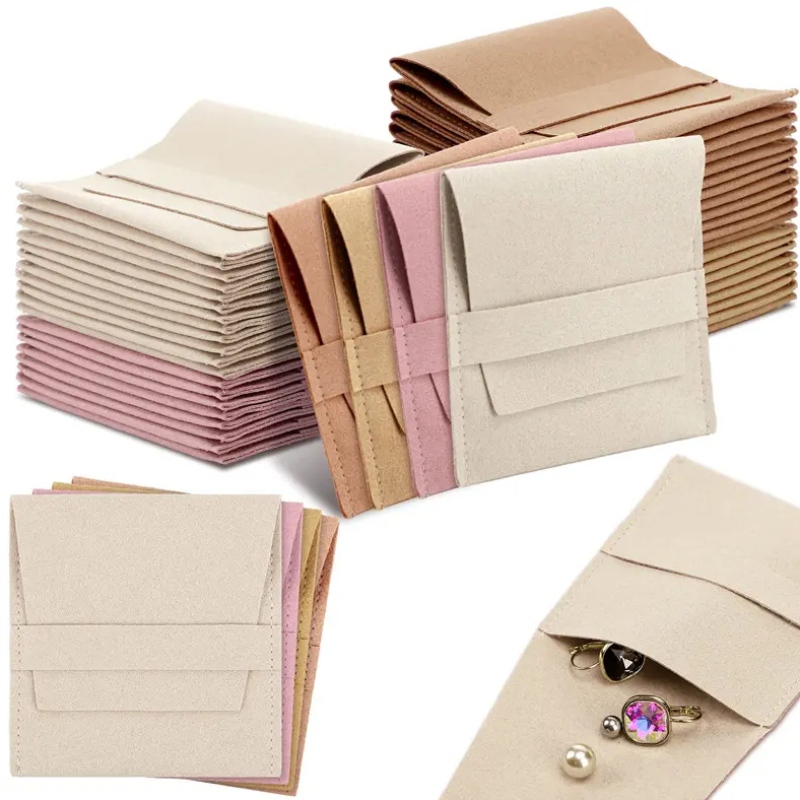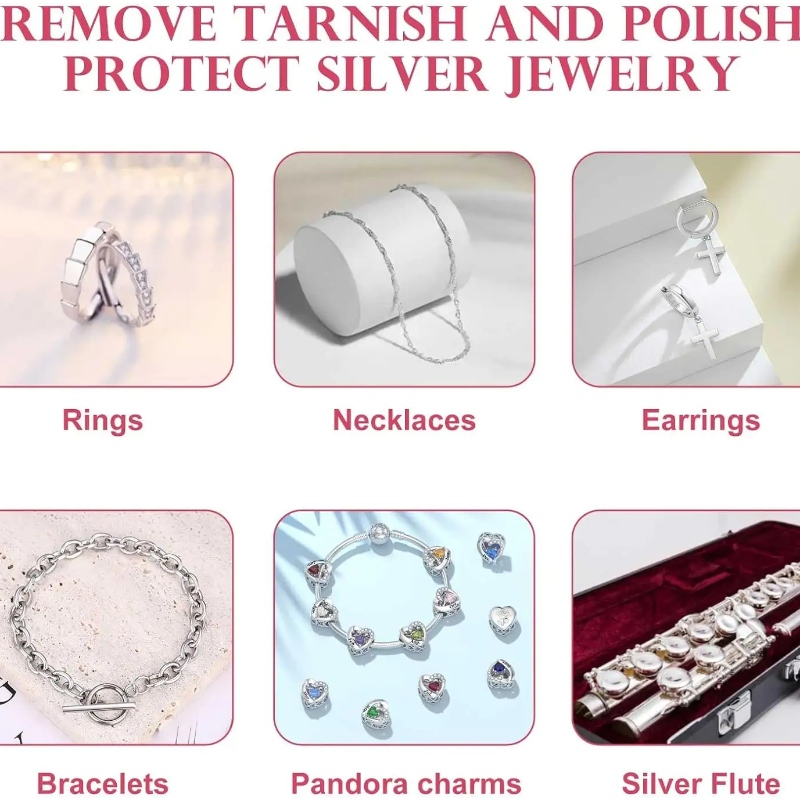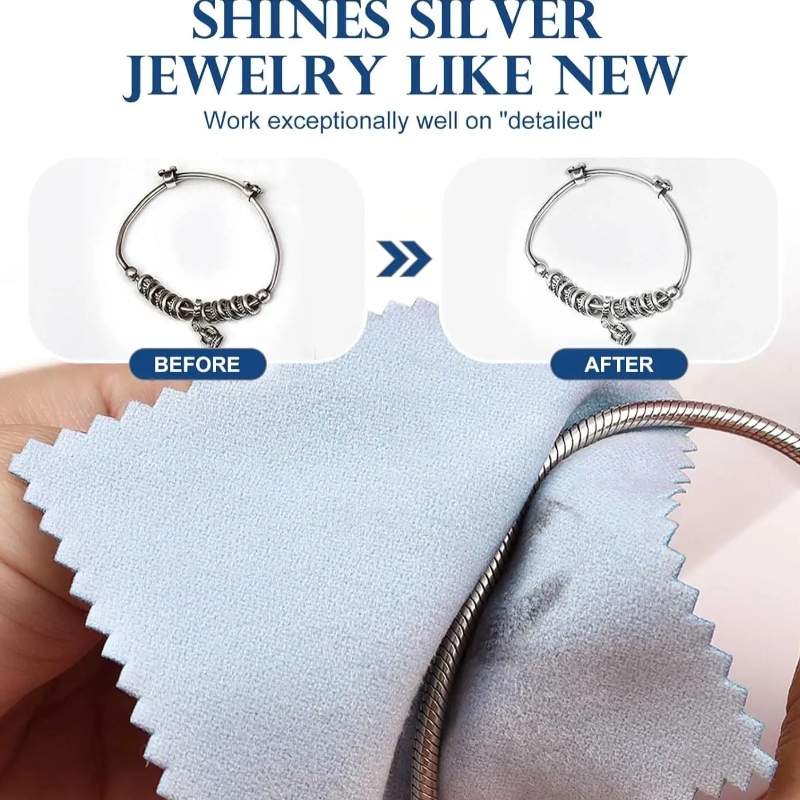Jewelry polishing cloths are an essential tool for keeping precious items like rings, bracelets, and necklaces in pristine condition. These specially designed cloths are infused with micro-abrasives or cleaning agents that help remove tarnish, dirt, and oils from the surface of metal and gemstones. While these cloths are incredibly effective in maintaining the appearance of jewelry, a common question arises: Can jewelry polishing cloths be washed? The answer to this question is not as straightforward as it might seem, and understanding the intricacies of how these cloths work is crucial to maintaining their effectiveness.

At first glance, one might assume that a jewelry polishing cloth, like any other fabric, can be tossed into the washing machine when it becomes dirty. However, washing these cloths can actually diminish their effectiveness. Most polishing cloths are pre-treated with chemicals and micro-abrasive particles specifically designed to remove tarnish from metals such as silver, gold, platinum, and copper. When a polishing cloth is washed, these special ingredients are likely to be washed away, rendering the cloth less effective or completely useless for its intended purpose.
Jewelry polishing cloths are typically composed of two layers: an inner layer treated with cleaning compounds and an outer layer designed for buffing and shining. The inner layer is the one that performs the heavy lifting, removing tarnish and restoring the original shine of the metal. When the cloth is used, the compounds on this layer react with the metal to remove oxidation, dirt, and other surface blemishes. The outer layer is meant to provide a final buff that enhances the shine, leaving the jewelry looking polished and clean.
If a polishing cloth is washed, the cleaning compounds on the inner layer will likely be stripped away by water and detergents. This is particularly true if the cloth is machine-washed or soaked in soapy water. Without these compounds, the cloth becomes nothing more than a regular piece of fabric, and it will no longer be able to clean jewelry as intended. Additionally, the act of washing the cloth may also cause the micro-abrasive particles embedded in the fabric to be washed out or worn down, further reducing its cleaning power.

Another factor to consider is that jewelry polishing cloths are designed to absorb the tarnish and grime they remove from jewelry. Over time, the cloth will become visibly discolored as it collects these residues. While this discoloration might make the cloth look dirty, it does not necessarily mean that the cloth is no longer effective. In fact, a polishing cloth can continue to be useful even when it appears darkened or stained. The compounds on the cloth remain active, and the cloth can still remove tarnish and polish jewelry even after extensive use.
For this reason, many manufacturers advise against washing jewelry polishing cloths, emphasizing that the cloths can be used multiple times, even when they appear dirty. Instead of washing, users are encouraged to simply fold the cloth and store it in a clean, dry place when not in use. This ensures that the cleaning compounds remain intact and effective for future use. Some users may be tempted to try spot cleaning or gently rinsing the cloth, but even minimal exposure to water can compromise its effectiveness.
Despite the recommendation not to wash polishing cloths, there may come a time when the cloth becomes so saturated with tarnish and dirt that it no longer performs well. In this case, rather than attempting to wash the cloth, the best solution is to replace it with a new one. Most polishing cloths are relatively inexpensive, and regularly replacing them ensures that jewelry continues to be cleaned and polished effectively. Attempting to extend the life of a cloth by washing it is unlikely to yield positive results and may even damage the jewelry if the cloth becomes too worn or ineffective.

In some cases, people may wonder whether it is possible to refresh a polishing cloth by applying new cleaning compounds to it after washing. While this might seem like a viable solution, it is generally not recommended. The precise formulation of the compounds used in commercial polishing cloths is difficult to replicate, and applying a homemade solution or an off-the-shelf cleaner to a washed cloth is unlikely to provide the same results as a new, factory-treated cloth. Furthermore, using the wrong type of cleaning agent can potentially harm the jewelry, especially if the cloth is used on delicate gemstones or plated metals.
In conclusion, jewelry polishing cloths are a convenient and effective way to keep precious items looking their best. However, washing these cloths is not advisable, as it can strip away the very compounds that make them effective. Instead of washing, users should continue using the cloth until it is completely saturated with tarnish and dirt, at which point it should be replaced. While it may be tempting to wash and reuse a cloth to save money, doing so will likely result in diminished cleaning power and could even damage valuable jewelry. In the long run, regularly replacing polishing cloths is the best way to ensure that jewelry remains clean, polished, and well-maintained.


